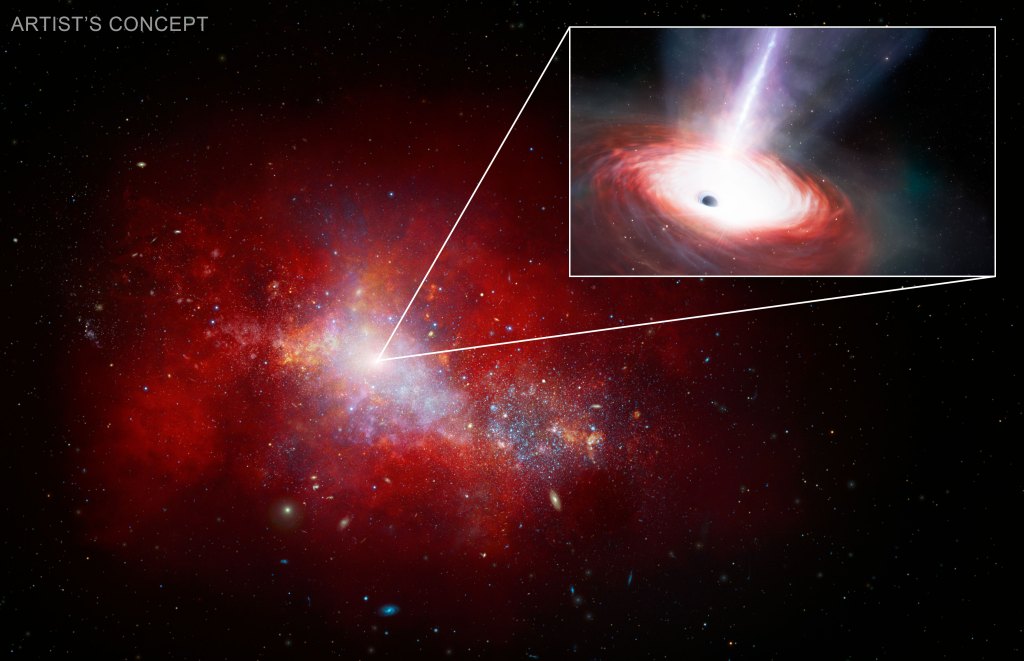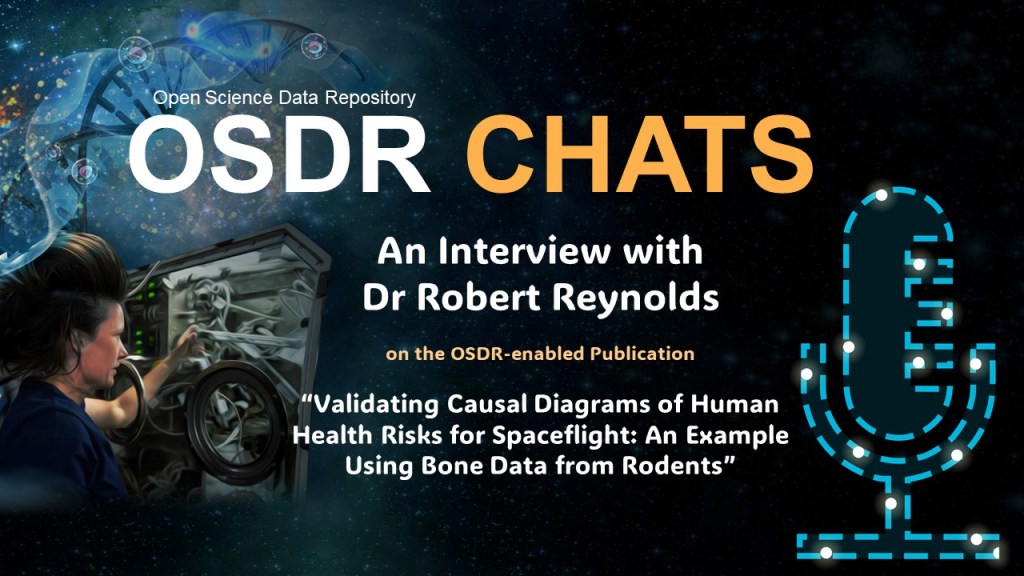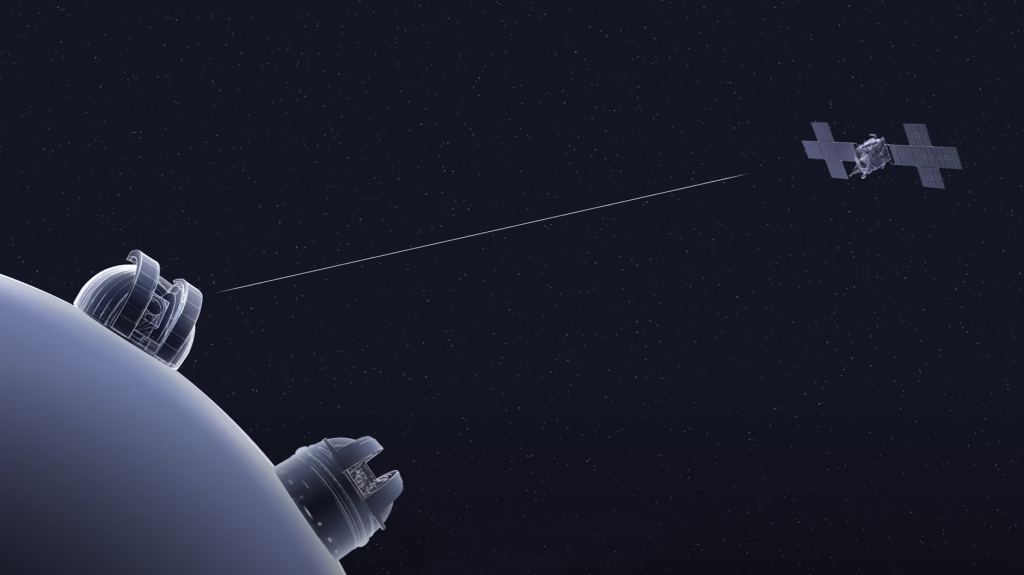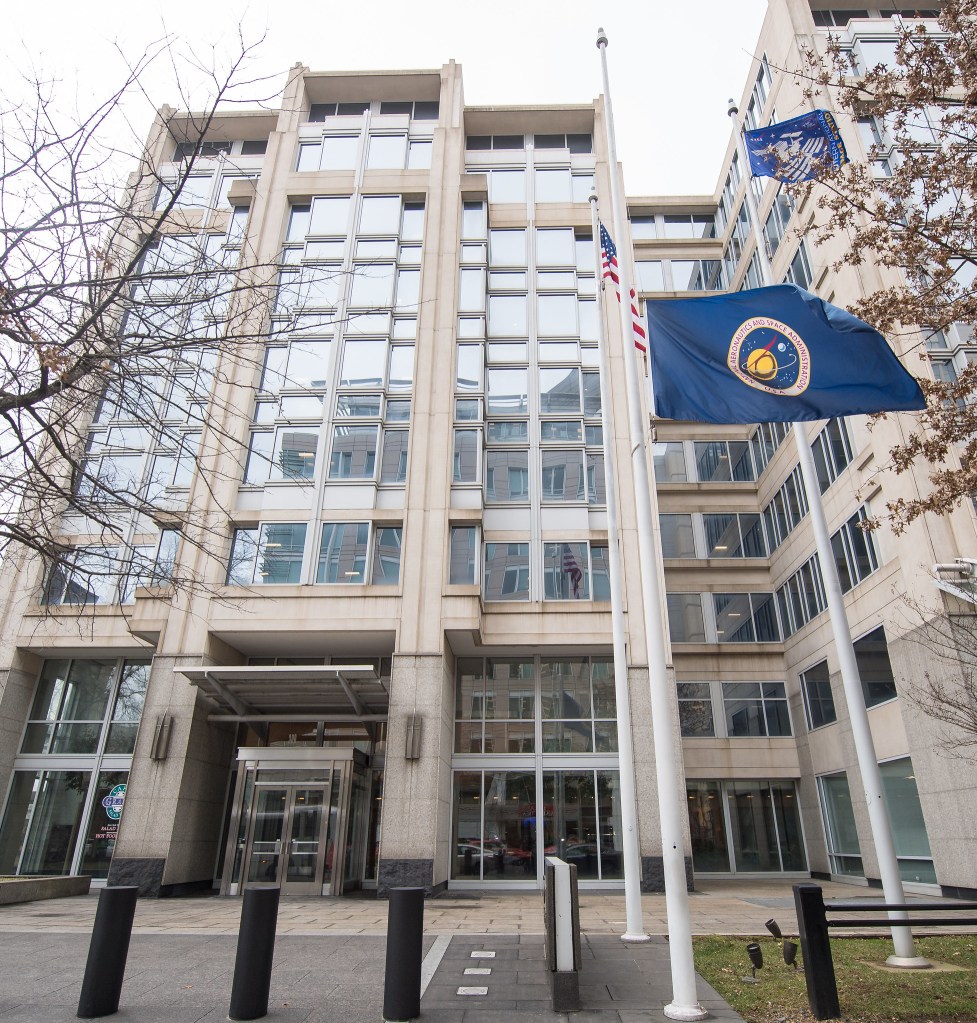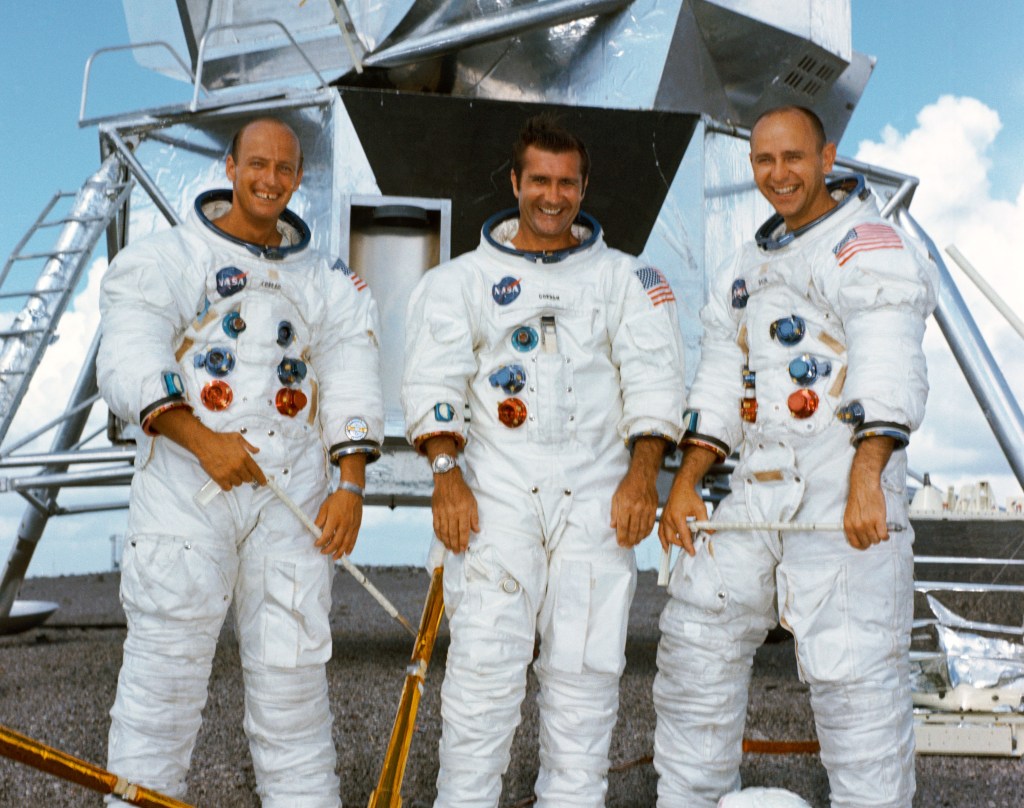I’m very pleased to report, however, that some of VIPER’s instruments have already departed NASA’s Ames Research Center and Kennedy Space Center and have arrived into VIPER’s systems integration flow in the clean room at Johnson Space Center
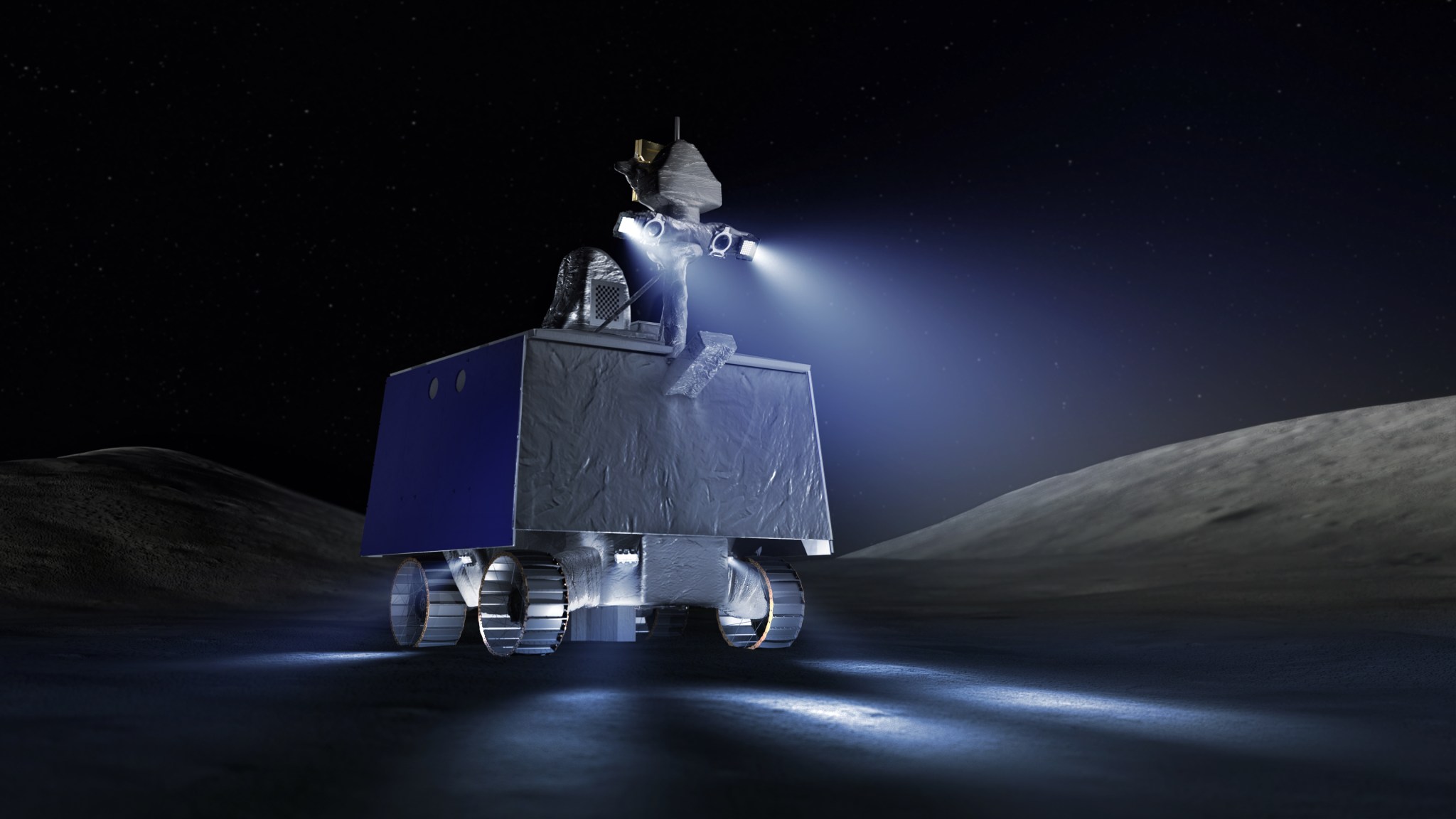
Spaceflight instrument development is a tough business, as any instrument developer would confirm. Many instruments are the first of their kind – and are designed to be deployed in the harsh environments of space, which includes extremes in temperature, the vacuum of space, and the extraordinary forces experienced during launch. This is why it is fairly commonplace for spaceflight instruments to drive mission schedules.
I’m pleased to report, however, that some of VIPER’s instruments have already departed NASA’s Ames Research Center and Kennedy Space Center and have arrived into VIPER’s systems integration flow in the clean room at Johnson Space Center. The Near InfraRed Volatile Spectrometer System instrument, or NIRVSS, was delivered a couple weeks ago, while the Mass Spectromter Observing Lunar Operations instrument, or MSOLO, was just delivered.
In a couple weeks we also expect the Neutron Spectrometer System, or NSS, to be handed over to the VIPER systems integration team as well. Finally, The Regolith and Ice Drill for Exploring New Terrains, or TRIDENT, drill system from Honeybee Robotics will be the final instrument to be handed over in the coming weeks, after it finishes VIPER avionics interface testing.
The VIPER team continues to navigate schedule and development challenges brought from late-arriving hardware from various industry vendors, but with each instrument delivery, we’re that much closer to having all the birds in the nest.
Go VIPER!
– Dan Andrews, VIPER Project Manager






